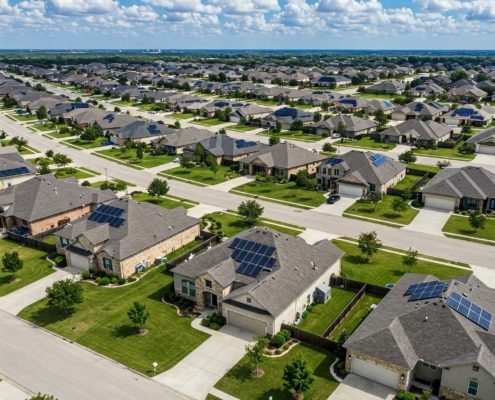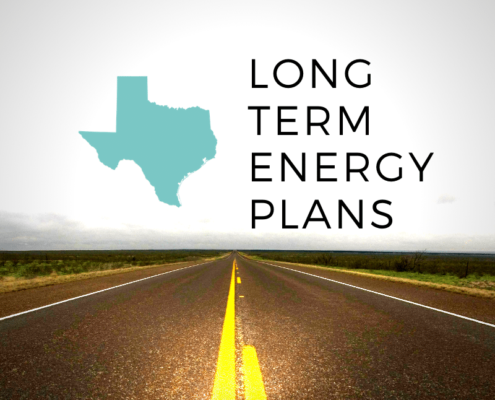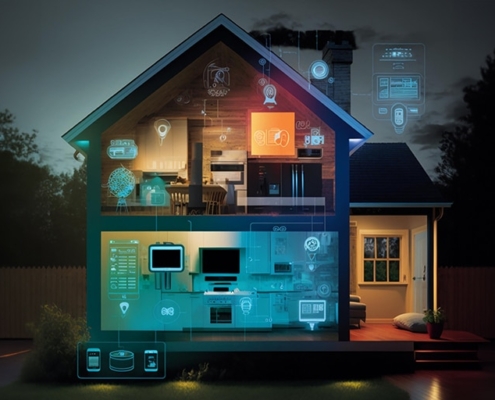Last Updated on June 4, 2024 by Mary Pressler
What Time of Day is Electricity Cheapest?
Is electricity cheaper at night? Electricity does not have a constant production cost throughout the day. When energy demand is low, like at nighttime, electric companies can rely on the power plants that have the lowest operating cost. On the other hand, when electricity demand reaches its peak value, local utility companies must bring their full generation capacity online. For this reason, the price of each kilowatt-hour tends to increase in proportion with the total demand on the power grid.
The growth of wind and solar power has also added variability to the supply side of the electric industry. Both generation methods rely on inputs that cannot be controlled, and for this reason you cannot count on wind turbines and solar panels to supply power on demand. These technologies offer clean and low-cost electricity, but by themselves they cannot guarantee a stable power supply.
Nuclear and coal-fired generation are characterized by a constant output that offers little flexibility, and they are referred to as baseload power plants. On the other hand, gas turbines and hydroelectricity are have a very flexible output, and are the go-to option for meeting peaks in power grid demand.
In general, the lowest electricity cost is achieved with baseload power plants and variable renewable sources – wind and solar power. Peaking power plants fired by natural gas are normally on stand-by to meet peaks in consumption, which results in the highest operating cost.
What Do Variable Electricity Rates Mean for Consumers?
Since the cost of delivering electricity changes depending on the generation mix, power companies normally apply variable kilowatt-hour prices throughout the day.
- When demand is low and the power grid can operate with only baseload generation and variable renewable sources, electricity can be charged at a lower price.
- On the other hand, when more power plants must be brought online to meet high demand, the increased cost is passed on to customers.
The specific billing scheme changes depending on the utility company and region, but the basic principle is adjusting kilowatt-hour prices throughout the day, based on generation cost.
While variable electricity prices may seem like a financial burden, they represent a savings opportunity for savvy customers. If you reduce electricity consumption during peak demand hours and increase it when electricity is cheaper, you can reduce power bills even if the total energy consumed stays the same.
You may have noticed that some electricity plans come with free nights or even free weekends. Since peak demand represents such a high operating cost for power companies, they offer free hours when electricity is cheaper to stimulate a change of habits. However, these plans are only recommended if you can minimize consumption during peak demand hours; if they reward you with free electricity during low-demand hours, expect a higher financial burden when peak rates apply.
Home automation can be a powerful tool for taking advantage of off peak electricity prices. If you can program your appliances so they operate when electricity is cheaper, your monthly power bills is reduced with the same electricity consumption. Of course, if you combine this with energy efficiency measures, even greater savings are possible.
Avoiding Variable Electricity Prices with a Fixed Rate
If your prefer to avoid scheduling electricity use based on changing kWh prices, a simple solution is getting a fixed-price electricity plan. In this case, your kilowatt-hour price is locked in place and you don’t have to worry about daily or hourly increases.
However, fixed rate electricity plans have their limitations. They normally come with a minimum duration, and you have to pay a penalty for opting out early. Note that this can work in your favor or against you:
- If electricity prices increase after you sign up for a fixed rate plan, you are saving.
- However, if the kWh price drops, you are stuck with a higher price for the whole contract.
While a fixed-rate electricity plan spares you from variable kWh prices, you could also be giving up an opportunity to reduce power bills. While peak electricity prices are much higher than a fixed rate, off-peak prices are normally lower.
Potential Applications of Batteries with Variable Electricity Prices
Although home batteries such as the Tesla Powerwall are still expensive, they can shape your power consumption to take advantage of changing kilowatt-hour prices. For example, a battery can be programmed to charge fully when electricity is cheap, and to provide its charge when electricity prices reach the peak value. In this case, you are saving the price difference between peak and off-peak electricity.
Batteries can also maximize the savings from solar power, since you can store the output of photovoltaic panels for hours when electricity prices reach their highest value. Consider that solar savings are equivalent to the electricity rate at the time of use, and it makes sense to use the output of renewables sources when it has the highest value.










